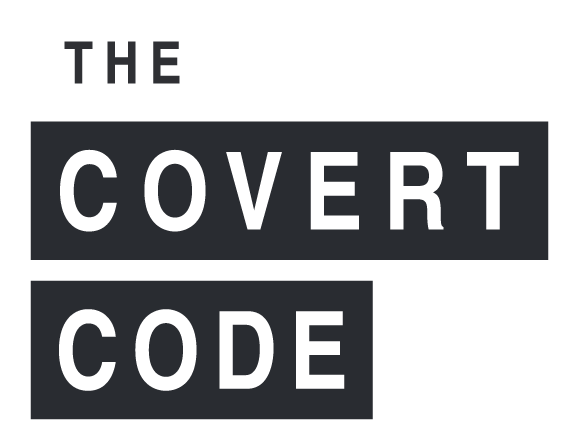I was recently invited to be a guest on a webinar hosted by the International Association of Privacy Professionals titled “Universal Consent: Building Beyond Cookie Consent.” The invitation came during a call discussing Arlo Gilbert’s new book, The Privacy Insider: How to Embrace Data Privacy and Join the Next Wave of Trusted Brands.
This book opened my eyes to the challenges in developing next-level privacy programs to respond to data protection regulations and to the opportunities compliance has in attracting new customers and communicating with existing users.
It’s important to fully understand the risk in identifying a user’s online interest and sharing something they might be surprised and delighted by, such as a new pair of boots, a trendy purse, or those perfect ski goggles for their upcoming trip to Tahoe. The problem is all of the other ways data is being used. For example, location data could be used to identify that someone was at an abortion clinic or a cancer treatment center.
That’s why consent is so important. Users must be able to decide whether personal information is identifiable or shared with a third party, and that decision must be just as easy to retract as to give.
Historically, marketers have been among the largest users and (unfortunately) abusers of user data. We’re also often one of the biggest barriers to organizations moving toward the adoption of best practices such as universal consent.
So, what is universal consent and how can it help make us better marketers?
Universal consent dictates how organizations manage opt-ins across multiple devices and systems. It helps identify a user’s communication preferences in a clear data map that tracks and records opt-ins and opt-outs and provides guidance on how an organization can use that data.
But what happens when that same user exercises their “right to be forgotten” and asks to be deleted from all software and systems?
Referred to as an SRR or subject rights request, this privacy regulation grants individuals the right to review or manage personal data that companies have collected about them and to have it purged, corrected, or amended. Managing these requests could become a challenge without a clear plan in place.
The good news is that universal consent makes this process easy and efficient by tracking when consent was given and when it was retracted. It not only reduces waste but also increases efficiency.
As we respond to these regulations, it’s important to stay focused on our goals. Continuing to market to past customers who won’t repeat their purchases can cost you in more ways than one. While sending emails or text messages won’t break the bank, receiving high spam or block number requests on your domain or registered business numbers can have serious long-term consequences.
Too much spam on your domain can result in all company emails being flagged as malicious. Once a domain is marked, it’s almost impossible to get it unmarked. That means you’ll need to change your company’s email addresses, which can lead to brand confusion and missed opportunities.
The same is true with texting or calling customers. If they keep opting out or asking to be removed, the result is not more business but less at a higher cost in labor, fees, and time. The cost of storing inefficient or inaccurate data matters too.
Arlo’s book makes it clear: To be effective in an evolving digital landscape, business owners must prioritize consumer protection. By being at the forefront, you’ll increase your marketing results by targeting engaged users and building loyal relationships centered around trust and transparency.











